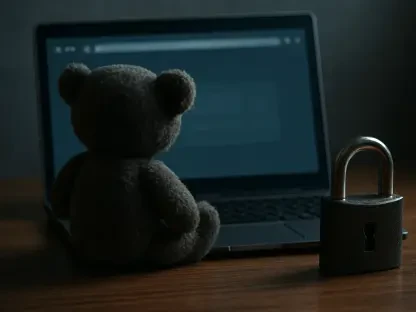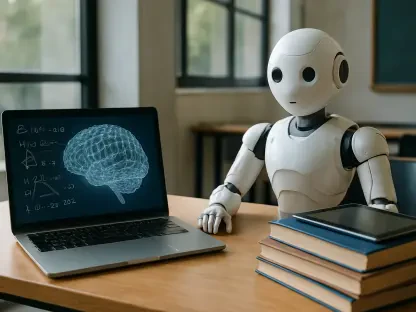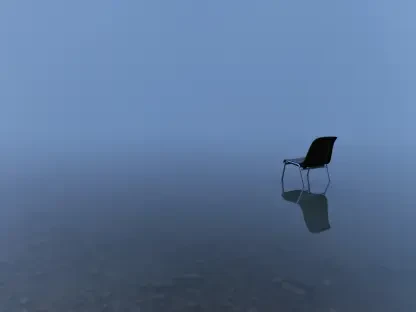In an era where educational tools are constantly evolving to meet the diverse needs of learners, a groundbreaking resource has emerged to redefine the way upper elementary students approach writing, and it’s called Whoopensocker. Developed through a collaboration between PBS Wisconsin Education and the University of Wisconsin–Madison School of Education, Whoopensocker offers a fresh perspective on literacy by infusing creativity and joy into the learning process. Initially crafted as a six-week artist residency by Erica Halverson, a professor in curriculum and instruction, this innovative program has evolved into a multimedia collection accessible to educators across Wisconsin and beyond. By blending theater-inspired games with structured writing lessons, it creates a low-risk environment where students can explore their creative potential without fear of judgment. This approach not only addresses gaps in traditional writing instruction but also sparks curiosity about how such a method can reshape classroom dynamics and foster a deeper love for learning.
Unpacking the Core of Whoopensocker
Building a Safe Space for Creativity
At the heart of Whoopensocker lies a commitment to fostering a collaborative and supportive atmosphere where students feel empowered to take creative risks. This educational resource, designed specifically for upper elementary learners, integrates group activities and structured lessons to cultivate a sense of community within the classroom. Through engaging exercises like “Pass the Clap,” students participate in quick, interactive games that build trust and encourage teamwork. These activities are paired with comprehensive 90-minute lesson plans that guide educators in facilitating deeper writing engagement. The program’s emphasis on creating a low-risk environment ensures that young writers can experiment with ideas and express themselves freely, knowing that their contributions are valued. By prioritizing emotional safety alongside academic growth, Whoopensocker transforms the often solitary act of writing into a shared, enriching experience that resonates with both students and teachers.
Bridging Literacy with Playful Learning
Another key aspect of Whoopensocker is its unique ability to connect literacy standards with creative practices, addressing a common challenge faced by educators in blending these elements effectively. The multimedia collection offers a variety of videos and activities that make writing feel less like a chore and more like an adventure. For instance, improv-style games encourage spontaneous thinking and group brainstorming, turning the writing process into a dynamic, interactive journey. This approach not only aligns with educational benchmarks but also sparks enthusiasm among students who might otherwise shy away from writing tasks. Teachers are provided with the flexibility to adapt these resources to suit their specific classroom needs, ensuring that the material remains relevant across diverse learning environments. By weaving play into structured learning, Whoopensocker redefines how literacy skills are developed, making the process accessible and enjoyable for every participant in the educational space.
The Impact on Students and Educators
Cultivating Joy as a Learning Catalyst
One of the most compelling elements of Whoopensocker is its focus on joy as a fundamental driver of learning. Educational expert Erica Halverson, who authored “How the Arts Can Save Education,” argues that when students find delight in their activities, they become more willing to embrace challenges and push their boundaries. The program’s design reflects this philosophy by incorporating collaborative play that fosters a positive emotional connection to writing. Activities are crafted to help students explore their interests in meaningful ways, ensuring that engagement precedes skill-building. This readiness to participate, often overlooked in traditional settings, becomes a powerful motivator within Whoopensocker’s framework. As students experience the thrill of creative expression through group games, their confidence grows, enabling them to tackle writing tasks with newfound eagerness and a sense of purpose that transcends rote learning.
Redefining Instructional Perspectives
Beyond its influence on students, Whoopensocker also reshapes how educators perceive and approach writing instruction. The program encourages teachers to engage with the material themselves, experiencing games like the “Sushi Game” to better understand the joy and creativity it brings. This hands-on involvement allows educators to see their students’ potential through a different lens, recognizing diverse strengths that might not surface in conventional teaching methods. By shifting toward asset-based, creative learning practices, the resource moves away from rigid, traditional models and prioritizes student engagement as a cornerstone of effective education. Such a transformation in perspective helps teachers build stronger connections with their classes, fostering an environment where both parties thrive. Looking back, the integration of Whoopensocker into classrooms marked a pivotal moment, as it offered a sustainable way to nurture literacy through collaboration and play, leaving a lasting impact on educational practices.









